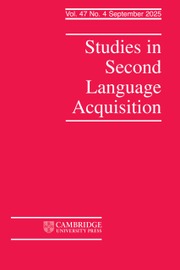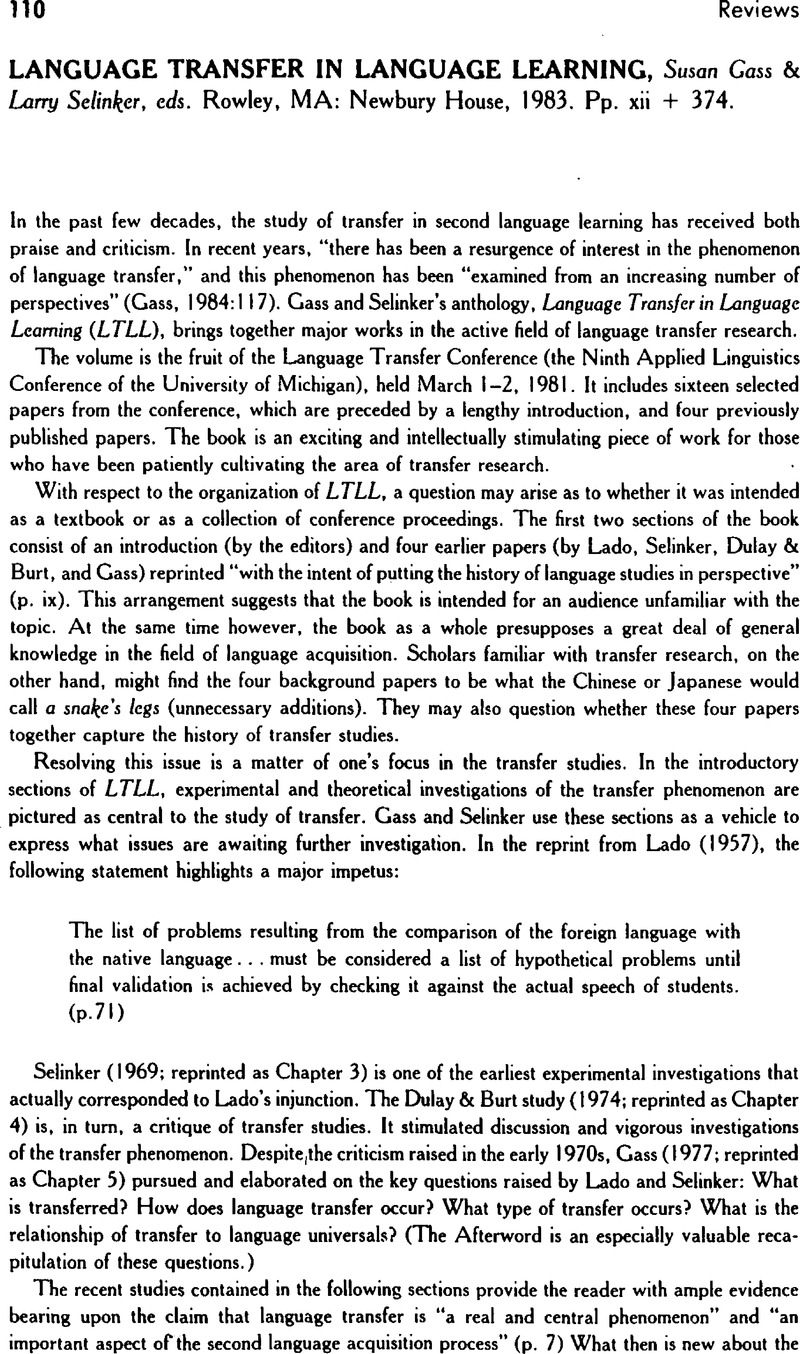Crossref Citations
This article has been cited by the following publications. This list is generated based on data provided by Crossref.
Walker, Talia
2022.
Investigating the performance of emailed apologies by Australian learners of Italian.
EuroAmerican Journal of Applied Linguistics and Languages,
Vol. 9,
Issue. 1,
Sousa, Clauber Nascimento de
and
Martins, Adriana Regina Dantas
2022.
Analyzing simple past tense through a functional and a formal perspective.
Revista Científica Multidisciplinar Núcleo do Conhecimento,
p.
116.
Lim, Nikki Zhi Li
Zakaria, Azrifah
and
Aryadoust, Vahid
2022.
A systematic review of digital storytelling in language learning in adolescents and adults.
Education and Information Technologies,
Vol. 27,
Issue. 5,
p.
6125.
Campos-Marces, Gladys
2025.
AI-Assisted Language Assessment: Basis for Senior High School Language Arts
Instruction Assessment.
Psychology and Education: A Multidisciplinary Journal,
Vol. 43,
Issue. 9,
p.
1106.


